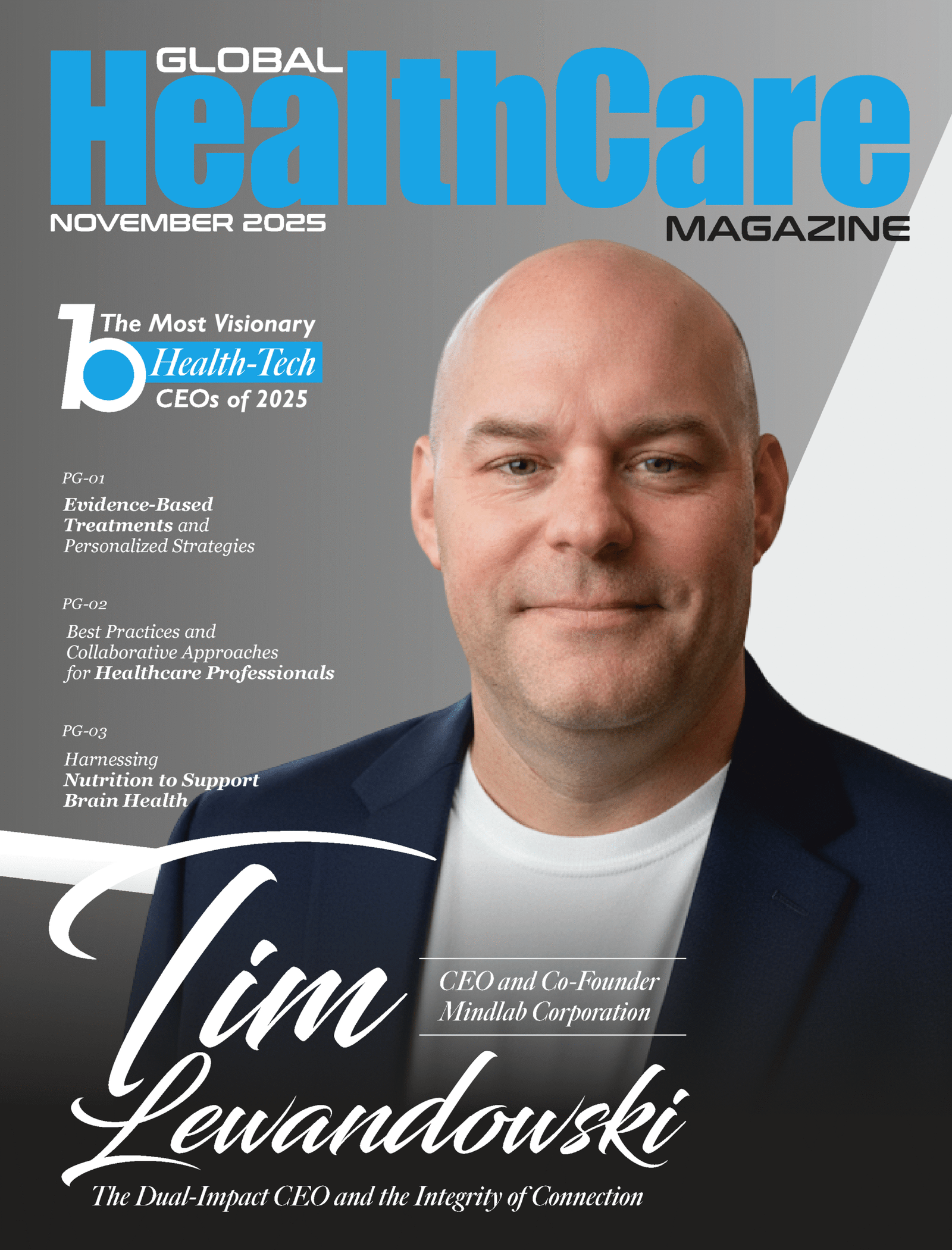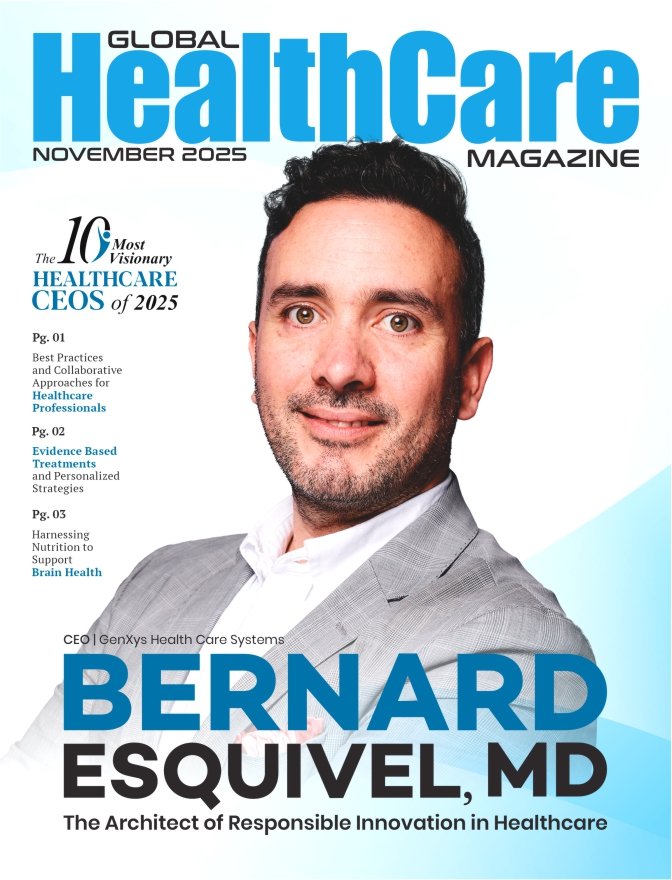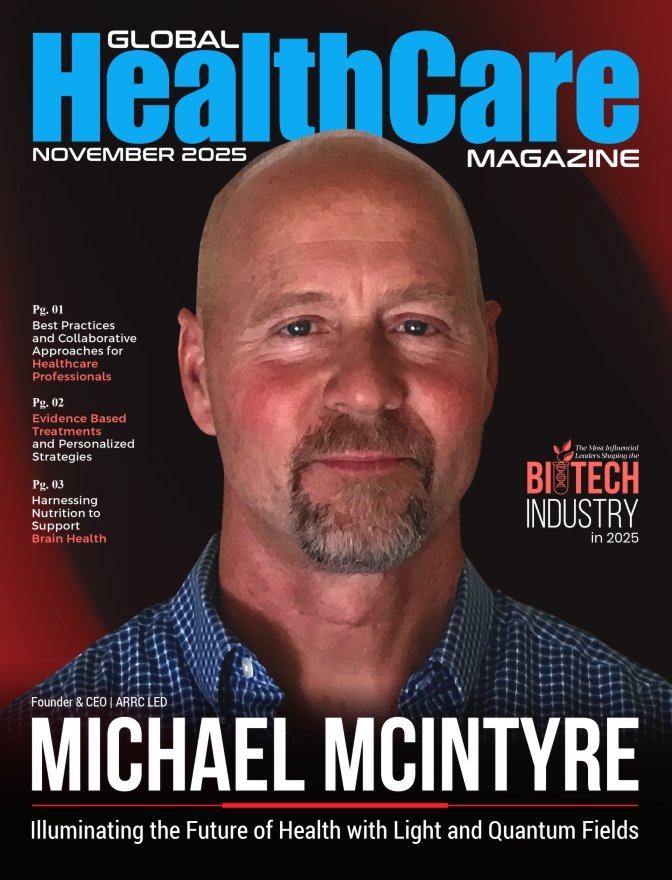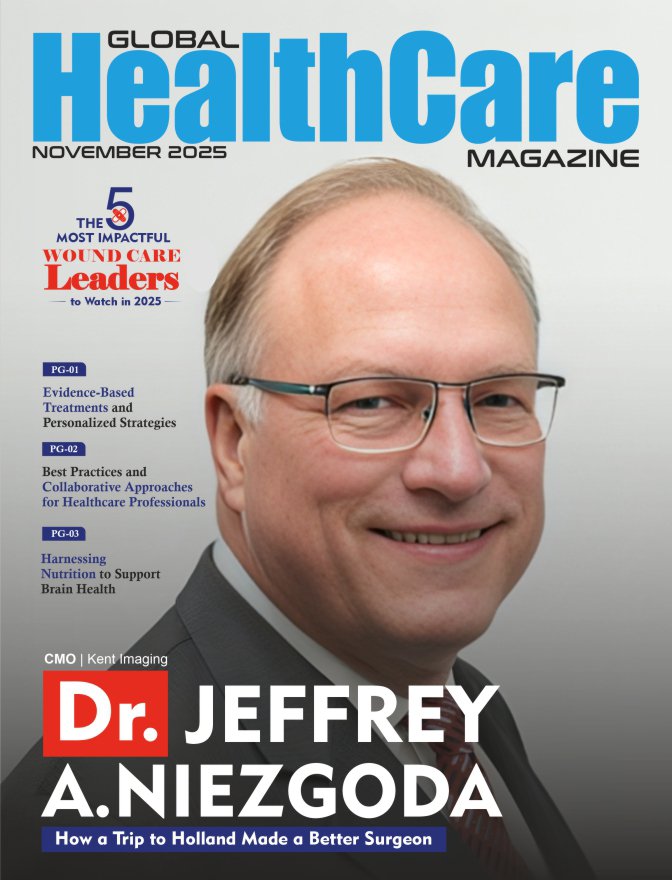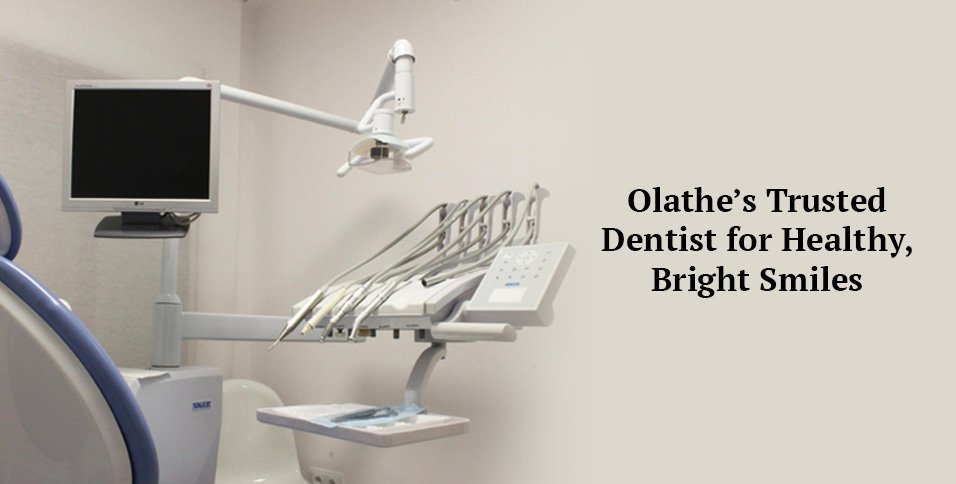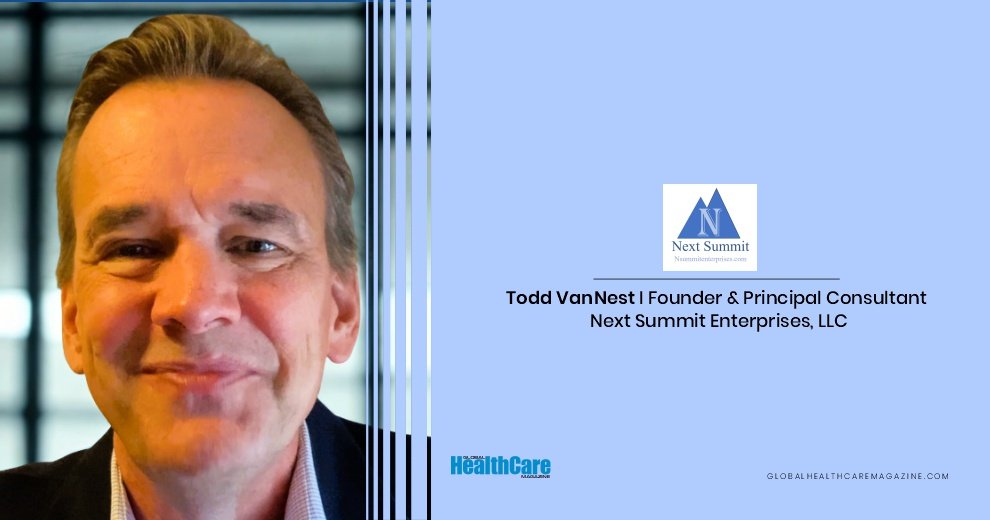The path that led Dr. Nada Mallick, MD, MBA, to the pediatric intensive care unit—one of the most technologically advanced and emotionally charged spaces in all of medicine—did not begin in a pristine university laboratory or a quiet lecture hall. It began in the chaotic, crowded hallways of community free clinics and the stark, fluorescent-lit waiting rooms of inner-city Emergency Departments. It began when she was just a child herself.
As the eldest daughter of immigrant parents with limited English proficiency, Nada became their navigator, their translator, and their fierce advocate in a healthcare system that was bewildering and often unwelcoming. From a young age, she witnessed firsthand the immense challenges faced by under-resourced individuals trying to access care. She saw how a lack of information could create insurmountable barriers and how a knowledgeable guide could make the difference between healing and suffering.
“These early experiences revealed the power of knowledge—especially in a field as complex as medicine,” Nada reflects, “and ignited my commitment to bridge the gap between vulnerable communities and the care they deserve.” That commitment became the defining mission of her life, a through-line that connects the young girl translating for her parents to the accomplished physician-leader she is today, standing at the intersection of clinical excellence and operational strategy at one of the nation’s top children’s hospitals.
A Calling to Protect the Vulnerable
When Nada entered medical school, she quickly understood that pediatrics is, by its very nature, the care of a vulnerable population. “Children depend entirely on others for their medical decisions, access to care, and advocacy,” she explains. “Due to developmental barriers, they are unable to articulate their symptoms or understand complex health issues.” This inherent vulnerability makes them susceptible to disparities in care, neglect, and the crushing weight of systemic barriers. The social determinants of health, such as poverty, housing, and education, disproportionately affect children, shaping their outcomes long into adulthood.
Nada’s childhood experiences had prepared her for this realization, transforming it into a professional calling. Her passion for advocacy, combined with a natural talent for teaching and guiding others, did not go unnoticed. During her residency, she was honored with the Martin A. Hoffman Award for Senior Resident and was subsequently selected as Chief Resident. It was during this demanding year that a new understanding began to form. “I discovered how effective leadership can shape and serve an entire division,” she says, “a realization that deepened my dedication to staying engaged in leadership.” That same year, her peers and mentors affirmed her path by honoring her with the Emily Gardner Award for Outstanding Chief Resident. Her path was becoming clear. She would not only be a healer, but a leader of healers.
From the Bedside to the Balance Sheet
Driven by a desire to care for the most critically ill children, Nada pursued advanced training in pediatric critical care medicine, managing the most complex cases involving cancer, organ failure, and rare genetic conditions. However, even after joining the faculty at Children’s National Hospital, a prestigious institution founded in 1870, she knew her work was not done.
To truly change the system, Nada recognized that clinical excellence alone was not enough. She needed to understand the language of business, strategy, and operations. To bridge that gap, she pursued a Master of Business Administration (MBA) from the renowned Wharton School of the University of Pennsylvania, all while continuing to serve as a full-time physician. “Achieving my MBA… allowed me to augment my medical career by equipping me with critical business, leadership, and management skills that traditional medical education in the United States does not provide,” she explains. It enabled her to explore the administrative, executive, and entrepreneurial aspects of the healthcare industry, broadening her “mental landscape beyond clinical work.”
Today, as the Clinical Medical Director of Respiratory Care Services at Children’s National Hospital in Washington, D.C., Nada lives at the intersection of those two worlds. She oversees the strategy and workflow of a division of 60 respiratory therapists, managing clinical standards, workforce development, and financial sustainability. However, she is clear that her primary responsibility will always be the sacred trust of direct patient care. When asked about her most rewarding moments, she doesn’t point to a promotion or a project, but to the bedside. “Anytime I can guide my patient and their family through a critical illness and to recovery is a rewarding moment in my career,” she says.
The Challenge of a Thousand Paths
Early in her academic career, Nada faced a challenge common to many ambitious minds: a wide array of interests that made it difficult to define a single, clear path. “I found myself drawn to many aspects of medicine, which made it difficult to define a clear academic path,” she admits. Instead of seeing this as a weakness, she found a way to turn it into a unique strength.
“I overcame this by using research as an organizing principle,” Nada explains, “specifically focusing on quality improvement (QI) as a framework that naturally blends my passions for business, patient safety, and system-level change.” QI became the perfect vehicle for her MD/MBA skill set. “This focus not only sharpened my academic direction but also allowed me to apply organizational and business principles to drive measurable improvements in patient care,” she says. “Through this integration, I found a meaningful and sustainable way to align my diverse interests into a cohesive and impactful career path.”
The Anatomy of a Systemic Fix
A recent QI initiative perfectly illustrates this cohesive approach. At Nada’s hospital, the process for documenting emergency events, known as Rapid Response Team (RRT) activations, was fragmented across the electronic health record (EHR). This disjointed system led to inefficient manual data collection and, more critically, obscured safety trends, particularly in high-risk areas like the pediatric oncology unit. The initiative was driven by a system-level need to reduce missed encounters and better identify patients with recurrent, high-risk activations.
Nada’s team led a multidisciplinary effort to design a centralized data capture tool using PowerForm technology. The solution consolidated all nursing and physician documentation into a single, unified dashboard. The results were immediate and measurable. The pediatric oncology unit saw a 15% increase in the accurate identification of these at-risk patients, allowing for earlier intervention. The tool was so successful it was expanded across other units, strengthening the patient safety infrastructure for the entire organization.
A Culture Where Compassion is a Metric
Nada’s work is underpinned by high-stakes data. Her institution’s Performance Improvement and Clinical Informatics teams monitor a constant stream of metrics that read like a parent’s worst fears: the number of emergency escalations, unplanned transfers to the ICU, infections from central lines or catheters, unplanned extubations from mechanical ventilation, and incidents of cardiac arrests outside the ICU.
In this environment, Nada insists that operational excellence and empathy are “mutually reinforcing.” She cultivates a culture of compassionate care through transparent workflows that empower frontline providers to collaborate without fear of hierarchy. As pediatrics sees more children with complex co-morbidities, she partners with families, holding intermittent meetings during a child’s stay to maintain a human connection amidst the clinical intensity.
Nada’s advocacy extends beyond the hospital walls. Through her role as a programming officer for the Medical Society of the District of Columbia, she engages with lawmakers on Capitol Hill. She is clear about her motivations: “While my commitment to providing high-quality medical care is unwavering and never dictated by reimbursement, I recognize that health policy profoundly shapes clinical autonomy, workflow, and—most importantly—patient outcomes.”
The Next Frontier
Looking to the future, Nada is increasingly focused on applying her unique blend of skills to global health. “I believe the next frontier in healthcare development lies in uniting public systems with private-sector innovation,” she says, citing creative partnerships like using ride-share platforms to transport patients or food delivery services to address nutrition gaps. She aims to extend her impact beyond a single institution to design and execute sustainable, high-impact healthcare models in resource-limited settings across borders.
When asked about the elusive ‘perfect’ work-life balance, Nada thoughtfully reframes the concept. “I don’t believe in a ‘perfect’ work-life balance—rather, I strive for an intentional one,” she says. She describes a life lived in “seasons,” where some periods demand more professional focus, and others allow for deeper personal growth or community engagement. This adaptable approach is built on a foundation of community and self-awareness. “I’ve learned to rely on the support of others,” she admits, “and to be open about asking for help when I need it.” Outside the demanding walls of the hospital, she channels her energy into service initiatives and stays grounded through outdoor activities like tennis and running, which help her “reset and bring clarity to both my professional and personal life.”
This intentional pursuit of balance ensures that the leader who shows up for her patients is also showing up for herself, guided by a simple, powerful principle. “Success comes from showing up consistently—through both the highs and the inevitable lows,” Nada says. It’s a philosophy born from a lifetime of experience. It was the young girl who showed up for her parents in the ER. It was the Chief Resident who showed up for her team. And it is the physician-leader who continues to show up every day for the world’s most vulnerable patients, armed with the heart of an advocate and the mind of a strategist, driven by the foundational belief that “we won’t have healthy adults if we don’t have healthy children.”
Quote
“We won’t have healthy adults if we don’t have healthy children.”

Also Read: The 10 Most Impactful Pediatric Healthcare Leaders to Watch in 2025



